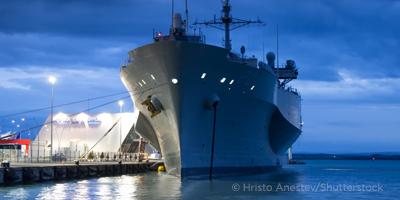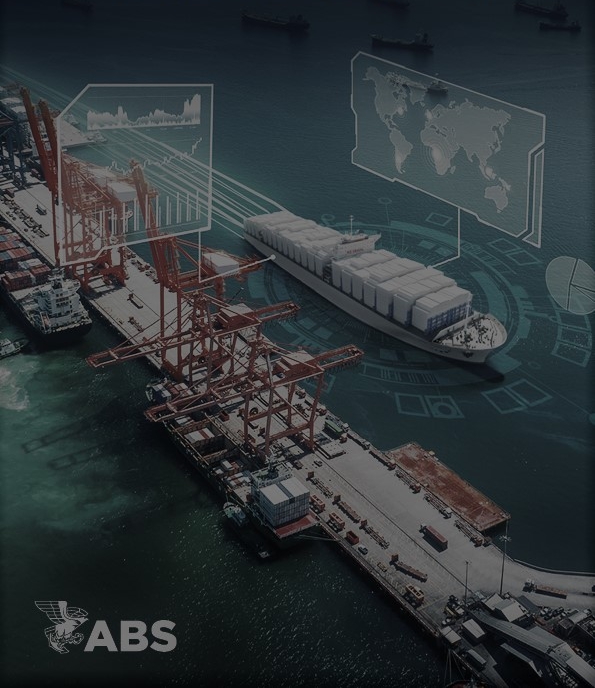IMO Polar Code Advisory
ABS will provide support to clients, including coordinating with Flag Administrations to best understand and clarify Polar Code requirements. ABS has published the ABS Advisory on the IMO Polar Code to provide an overview and introduction of the Polar Code to all industry stakeholders.
Polar Code Operational Assessments
The owner/ operator is required to undertake an operational assessment for the anticipated range of operating and environmental conditions for each of their ships and its onboard equipment entering Polar waters. The outcome will list any limitations to be entered on the PSC, a list of procedures for incorporation into the Polar Water Operational Manual (PWOM), and identified risk control measures for certain ship systems and equipment including lifesaving appliances and survival resources. ABS can support customers by facilitating the required operational assessments through a structured hazard identification (HAZID) workshop.
Understanding The Operating Environment
An essential first step in performing the operational assessment is the assimilation of data that characterizes the environment that the ship will operate in, both geographically and the time of the year. The data, which drives the operational assessment, is to include information on the ice regime historically present in the area, air temperature data, list of latitudes that operations will occur and data related to remoteness including search and rescue (SAR) launch locations.
POLARIS For Establishing Operational Limits In Ice
While ice class rules provide a clear construction standard, an ice class notation only offers a basic and broad indication of its operational capabilities and limitations in ice. The Polar Code emphasizes having ice operational limitations referenced on the PSC with more detailed procedures in the PWOM. An approved methodology must be used to determine the operational limitations in ice and the master and navigation officers must be instructed in its use. ABS has developed tools to apply IMO methodology, called the Polar Operational Limitation Assessment Risk Indexing System (POLARIS), to establish the ice operational limitations for ships subject to the Polar Code. Analyses of potential transit routes through ice covered waters at different time periods can be carried out for early stage planning, to select an appropriate ice class, or during operations.
Polar Service Temperature
The Polar Code introduces the first formal IMO recognition of design temperatures for ships operating in cold environments. ABS has conducted an extensive analysis of temperature statistics and ice accretion severity risk for Arctic, sub-Arctic and Antarctic Waters. Data from hindcast models and on-shore weather stations has been processed to help customers determine a rational Polar Service Temperature (PST). The PST is listed on the PSC and is used for specifying and certification of materials and equipment at the design / construction stage and for establishing operational limits and for preparing risk mitigation processes that are documented in the PWOM. The data has also been coupled with seawater temperature, wind speed and salinity information to populate a model for marine icing severity.
Additional Winterization Guidance
The ABS Guide for Vessels Operating in Low Temperature Environments (LTE Guide) contains guidance and requirements addressing materials, welding, coatings, deck equipment, machinery, safety systems, and crew considerations for ships intended for operations in low temperature environments. ABS has incorporated extensive knowledge and experience into the LTE Guide in order to assist designers and shipbuilders to mitigate the risks of operations in harsh environments. ABS will work with customers to develop tailored winterization solutions and compliance regimes, including the application of risk-based winterization measures.



































